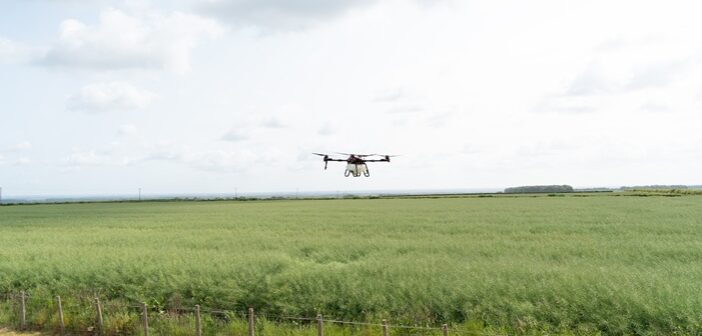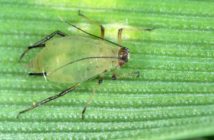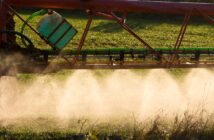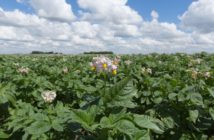AutoSpray Systems has partnered with De Sangosse to conduct the UK-first trial of applying the pod sealant Pod-Stik using an autonomous drone.
The trial took place at Andrew Manfield’s farm in Yorkshire and marks a significant step forward in UK agricultural practice. It is the first time the specialised product, which reduces shattering of oilseed rape pods due to wind or rain in the critical final weeks before harvest, has been applied by a drone in the UK.
The demonstration was performed by an autonomous XAG P100 Pro drone. This advanced aircraft can cover up to 20 hectares an hour and offers profound benefits over traditional ground-based spraying, including the ability to operate when the ground is wet, the elimination of soil compaction, and a reduction in operator exposure to chemicals.
Landmark moment
Robert Pearson, Founder and CEO of AutoSpray Systems, commented: “This UK-first trial is a landmark moment. We’re not just proving that a product like Pod-Stik can be applied with precision from the air, we’re demonstrating a smarter, more sustainable way to farm.
“Drones offer clear advantages – including the ability to operate when ground conditions are too wet for traditional machinery, the elimination of soil compaction, and a reduced safety risk for the operator.
“While Pod-Stik is a low-risk additive application in this trial, the real potential lies in the future. As CRD-approved crop protection products become compatible with drone application, this technology could deliver a major step forward in reducing operator exposure to agrochemicals.
“Our collaboration with De Sangosse, showcases how we are working together to roll out solutions built for real-world challenges,” explains Rob.
Stuart Sutherland, technical business manager at De Sangosse, described the partnership as a turning point in UK agriculture. “This is a real breakthrough. The ability to apply an essential pre-harvest treatment without ever setting foot in the crop is extremely exciting. It’s cutting-edge technology that has the potential to make UK farming faster, smarter and more efficient.”
He added that drone-based application also delivers significant environmental and efficiency benefits. “Drone technology allows us to drastically reduce water volumes. In the trial, we were operating at just 25 l/ha and still achieved excellent coverage.”
Considerable benefits to farmers
For Andrew Manfield the advantages of drone application were clear from the outset.
“We’ve overcome a lot this season and brought the oilseed rape through to a point where we’re hopeful for a strong harvest,” he said. “But protecting that potential is always a challenge—especially up here on the edge of the Yorkshire Wolds where wind damage is a real risk.
“Traditionally, we’ve used Pod-Stik to protect the pods, but the downside is having to run a sprayer through a mature crop. With plants standing at around seven feet tall, even a self-propelled sprayer causes some damage and inevitable yield loss.”
According to Andrew, the drone offers a clear improvement. “It gives us the ability to apply the product without mechanically damaging the crop with the sprayer, and potentially to apply it more effectively. With a standard sprayer, you can optimise nozzles and pressure, but you’ll never get the same level of canopy penetration that a drone can deliver.
“With the drone, we have much finer control of droplet size, and the rotor downdraft helps push the spray into the top layers of the crop where the pods are. That’s a major advantage.”
For Andrew, the future potential is significant. “One area that stands out is slug pellet application. We’re often applying pellets when it’s wet, and we can’t get machinery onto the land. With drones, we can simply draw a treatment zone on a map and send the drone out—that’s a game-changer.”




